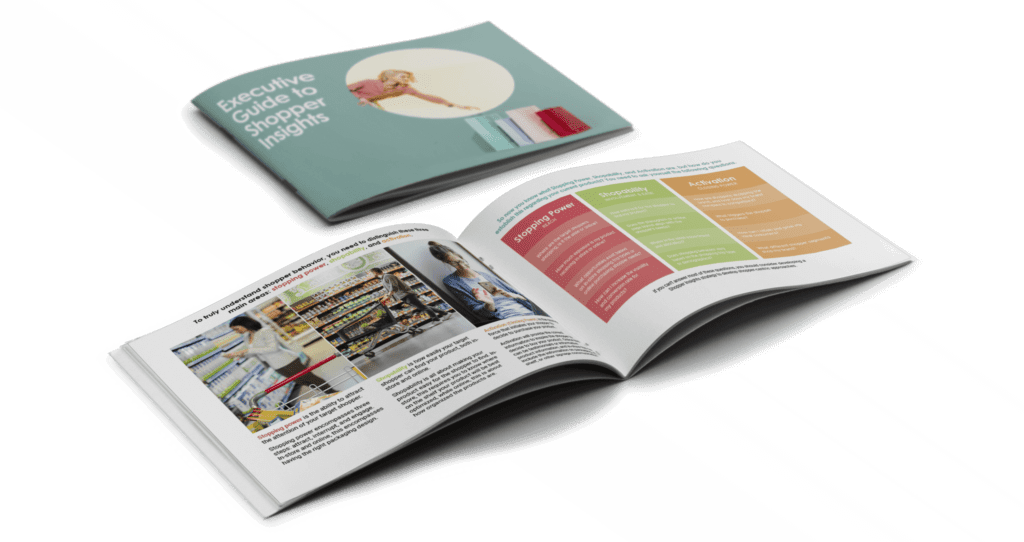Chapter 7:
Common Mistakes in Shopper Behavior Research

One common mistake in shopper behavior research is to rely on one data source for shopper insights. The most powerful insight is when different information sources are combined and triangulated to provide a comprehensive shopper view along the path to purchase. It is important to capture the conscious and subconscious drivers of behavior. Relying on qualitative research alone to make decisions about how to influence shopper behavior can result in research shortcomings. Strong shopper insight work typically involves quantitative insight generation to understand different behavior and patterns.
To ensure strong shopper insights, it is important to test in situation to measure real shopper behavior. Focus groups or online surveys have their limitations as they rely more on attitudes and stated/intended behavior versus actual behavior.
Another mistake to avoid is focusing solely on shoppers. It may sound as if “shopper insights” is just about shoppers – but really it is about shopping. Non-shoppers are just as revealing as shoppers and sometimes more so. For example, if you have target shoppers who never buy your product, have switched to another store or don’t even shop your channel, they can often reveal powerful insights about the gaps in the shopping journey.
Don’t have time to read it all right now?


How To Make Shopper Behavior Research Actionable
Shopper insights are fascinating, but in practice, the most valuable insights are actionable and focused on specific business objectives.
There is a difference between observation and interpretation. An insight is not an explanation of what is happening but an explanation of why it’s happening. People often think an interesting discussion about what they have observed in-store equates to shopper insights. This is not the case — those observations are the raw material from which the insights are deduced.
Once key behavioral insights are uncovered, it is essential to test different nudges to measure what will shape behavior moving forward. This test and learn approach is vital to recognize how to understand and change shopper behavior.
Leading organizations that leverage shopper behavior research can develop principles that work for signage, shelving, planograms, merchandising, placement, assortment, online layouts, product descriptions, claims, product images online etc. A principle-based approach helps manage the complexity of different executions across the multitude of retailers and store formats.
How to Present Shopper Insights Data

Exploring shopper behavior can be intriguing, making it tempting to report all sorts of things that have already been understood. However, some of the data may not have an equivalent potential for impact.
When you can summarize insights data, it is much more helpful to you and the company as a whole. Three to five actionable items are typically the perfect number to present. Big picture summaries that rapidly provide actionable examples achieve easier internal buy-in.
You must bring the insights to life in the form of shopper profiles, video, and eye tracking to compare norms to engage stakeholders. Some organizations will have these sketches brought to life with images and words to hang on their walls to remind them of their shoppers and what they want. A team-based approach to internalizing and developing implementation tactics through valuable shopper insights can be implemented and utilized to drive business growth. With the rapid pace of change and an omnichannel path to purchase it is important to understand and assess changing shopper behaviors.



